The history of the skateboard and the longboard
Skateboards have been an important part of the childhood and youth of generations in recent decades. Over the years, it has become a kind of subculture, a way of expressing individuality and often a form of rebellion. The 4-wheeled board can be a way to get around, as well as a challenging activity full of techniques, tricks, and jumps. His brother - the longboard - also prevailed over time and grew in popularity. And where do the roots of skateboarding and longboarding come from? Let's take a closer look at their history.
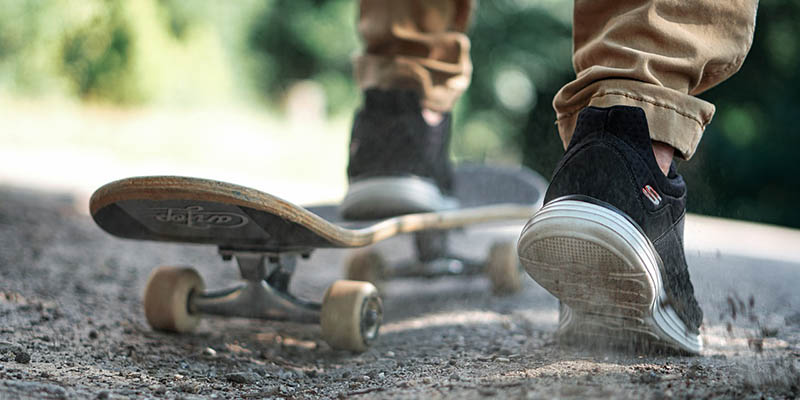
Skateboarding in the 1950s
The roots of skateboarding are hidden in another sport on the board - namely surfing. Surfers from California and Hawaii are captivated by the idea of transferring the feeling of surfing on the ground. Not coincidentally, they soon began to be called "asphalt surfers". Boards with attached metal wheels were originally homemade, but the toy industry quickly realized that this could be a real hit. In 1959, Roller Derby created and launched the first skateboard. The initial boards are relatively primitive, difficult to maneuver, and falls and injuries are common among the pioneers of the sport.
1960s
The next decade began with a major boom on the skateboard scene. Some of the most famous surfing companies are also involved in the development of skateboards. In 1963, Surf Guide Magazine published the first skateboard commercial. Along with this, a specific fashion for clothes and shoes around the skateboard began to emerge. In 1966, the popular to this day shoe brand - Vans - was born, which in time will become synonymous with a trend among skaters.
The first skateboard competitions began in the mid-1960s in California. The main disciplines at that time were downhill and slalom. However, people in the skateboard industry are quickly realizing the potential for development and making it more attractive. It was in the late 1960s that Larry Stevenson invented a new form of skateboarding, with a curved butt that we still know today. Until then, the boards are flat and do not allow the performance of jumps and flips.
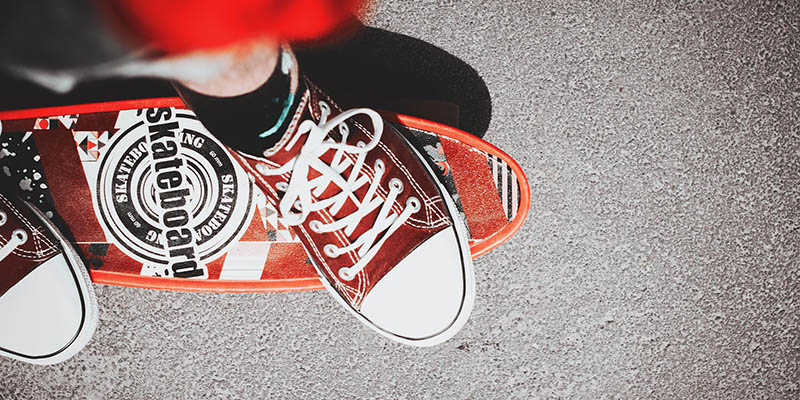
1970s
After a brief decline on the skateboard, a new introduction changed the sport in 1972. Frank Nazurti invented urethane wheels - a material that changes the overall feel of riding, making it softer, smoother and faster. In 1976, the first skate park of its kind was opened in Maryland. In the coming years, more and more cities in the United States will build similar parks with vertical ramps for jumping spaces.
It was in the 70's that skateboarding made its leap overseas. Originally imposed by American soldiers, the sport became a real hit in Germany. A skate park was opened in Munich, and in 1978 the first competitions were held in the same city. Local equipment brands and themed magazines appear.
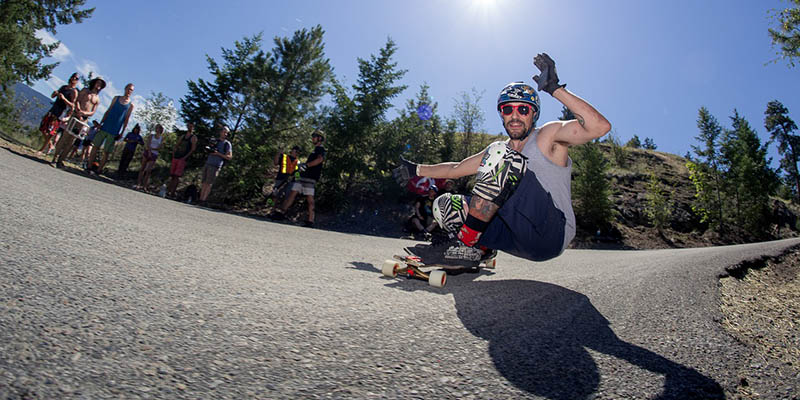
1980s
In the 1980s, skateboarding made its breakthrough in pop culture. Popular punk bands are beginning to become iconic to the skater community, and their videos often include skaters performing tricks and jumps. Skateboarding is gaining ground as a street culture, with graffiti, more themed magazines, and outdoor competitions. Along with the United States, Germany continues to establish itself as a center of skateboard culture in Europe. Apart from amateurs, the first professionals are already appearing, as well as companies that sponsor their performances.
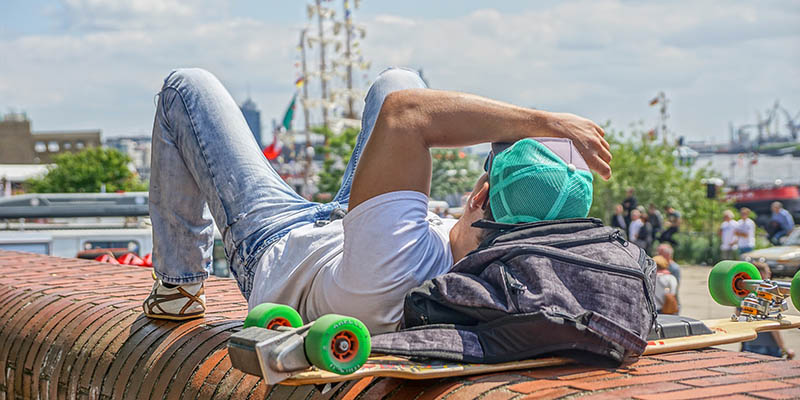
1990s
The next big breakthrough in skateboard culture was in the mid-90s. Sport is becoming a central attraction of the new "X Games" - competitions for extreme sports, which are gaining huge popularity among young people and generate huge television interest. The champions in the various disciplines of these games are fast becoming idols for a generation of young people around the world. Their financial situation also amounts to hundreds of thousands of dollars. In 1999, the first skateboard video game was released - "Tony Hawk Pro Skater", which became a real sensation. A new wave of skaters is emerging, not only in the United States, but in more and more European and Asian countries.
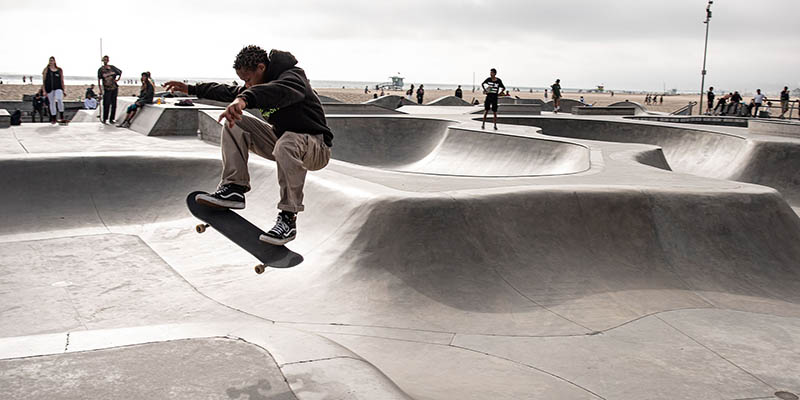
2000s
For the past two decades, skateboarding has continued to enjoy great popularity. The global skateboard industry is valued at nearly $ 2 billion, and the trend is projected to continue to grow. World-renowned food and beverage companies, such as Red Bull, annually sponsor competitions and individual competitors, supporting sports and helping to create new extreme videos on social media. Probably the biggest recognition for skateboarders is that the sport is to be officially included in the Tokyo Summer Olympics in 2021.

Longboard
The longboard (literally "long board") is often overshadowed by its brother, the skateboard. The reasons for this can be found in the fact that the longboard does not allow the performance of as many tricks and jumps as the skateboard. However, few probably know that the longboard has existed for as long as the skateboard.
As early as the 1950s, surfers in California carried their sport from the water to the asphalt by attaching wheels to a wooden board. The first boards are longer and surf-like. Longboarders in this era were called "sidewalk surfers." The coastal alleys of California and the Hawaiian Islands are rapidly beginning to fill with men and women practicing longboards.
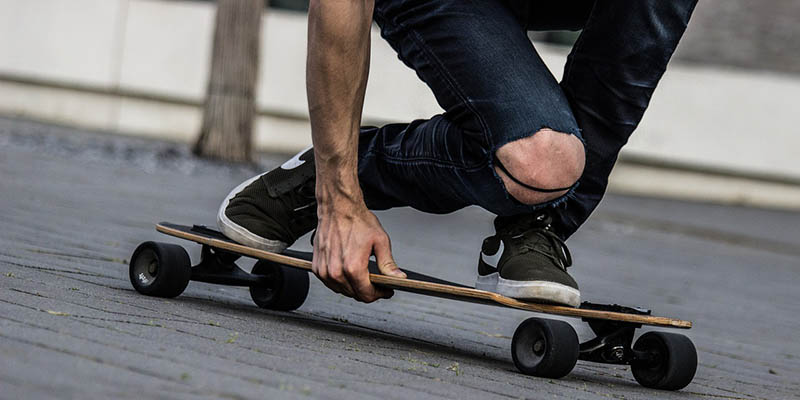
For the next three decades, longboards often did not enter the tub, displaced by the popularity of skateboards, which established itself as an official sport and youth culture. The longboard has to wait until the 1990s to make its big comeback. More and more skate companies are imposing it in their product range, and the mechanics of making a longboard are changing, giving it more stability, dynamism, and speed. Designs are also evolving and diverse. This gives its effect.
A big plus for the development of the longboard is its inclusion in various disciplines of the summer "X Games". Although it does not reach the level of viewership and sponsorship that skateboard disciplines enjoy, longboarding is experiencing a renaissance and is gaining ground. In addition to the United States, Italy has also developed as a new center of longboard culture in recent years.
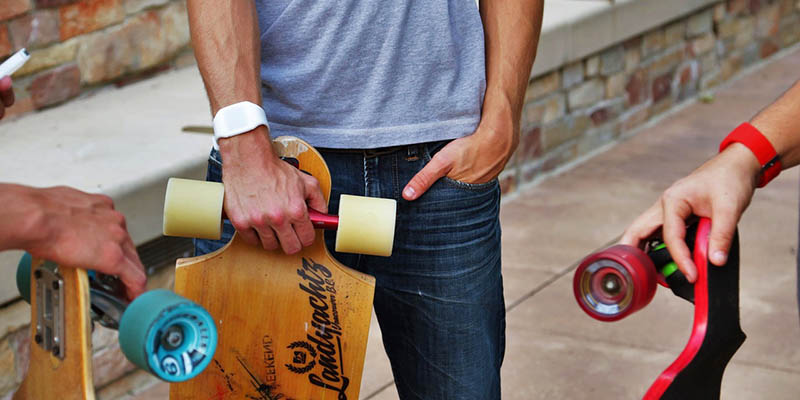
The essence of the longboard is in speed and freedom. Often practiced as a form of descending steep descents, longboarders race through the wind with elegance and finesse. This, perhaps, is its main feature of the rougher form of riding and performing skateboard tricks. Ultimately, however, fans of both forms of riding are part of the same community, made up of millions of avid children, young people and adults. We can only guess in which direction boards and sports will evolve in the future.
Photo credit: Pixabay

 EXTREME CHRISTMAS
EXTREME CHRISTMAS